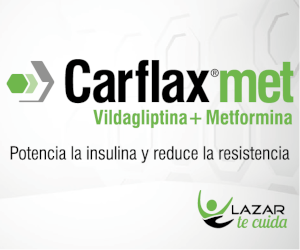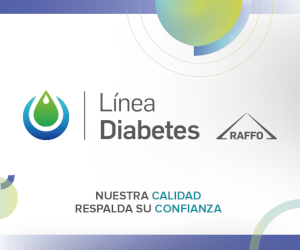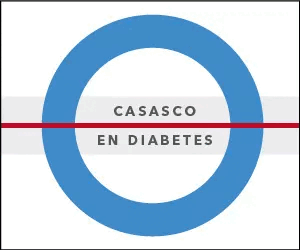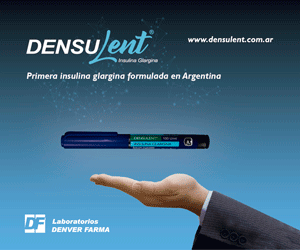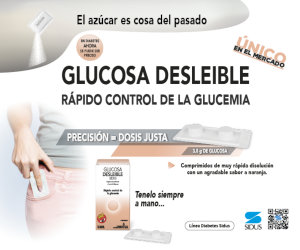Introduction: Generalities of drug-induced diabetes. NEA Chapter
Keywords:
diabetes, drugsAbstract
Drug-induced hyperglycemia and diabetes have negative effects and potentially serious health consequences, but they can often go unnoticed. In patients with diabetes, the absence of distinctive clinical signs in relation to the original disease makes it even more difficult to detect. The mechanisms of action are generally poorly understood, and vary according to the drug and its doses. It is always taken into account whether the benefits outweigh this possible adverse effect. The onset is variable and depends on the drug involved: it can appear a few hours, several weeks, months or even years after the start of treatment. Hyperglycemia does not occur in all individuals exposed to diabetogenic drugs. It is more frequent in people with a genetic predisposition or when environmental factors such as diet, stress or lack of physical activity intervene.
There are multiple drugs that can cause prediabetes, diabetes or worsen glycemic target in people with previous diabetes. Although there are numerous drugs, there are 4 groups that are more prevalent: glucocorticoids, antipsychotics, antiretrovirals, and immune checkpoint inhibitors. Glucocorticoids cause weight gain, adipose tissue dysfunction, decreased insulin sensitivity with increased endogenous glucose production (hepatic) and decreased insulin secretion. Similar to these mechanisms, antipsychotics have the same mechanisms with the exception that an increase in endogenous glucose production was not demonstrated, as was the case with antiretrovirals. In the case of immune checkpoint inhibitors, they have a single cause, which is insulinopenia due to decreased pancreatic insulin secretion. Some of these cause transient increases in blood glucose and others cause prolonged increases with the consequent complications. The treatment of these patients aims to determine whether hyperglycemia is transient, and once drug-induced diabetes is diagnosed, lower the drug doses if possible, and treat diabetes with new-generation medications, particularly those that promote weight loss (aGLP1, isGlt2), leaving insulin as a last resort depending on the case.
References
I. Fernández E. Diabetes mellitus inducida por fármacos. Madrid 2023. Revista Diabetes. disponible en: https://www.revistadiabetes.org/tratamiento/diabetes-mellitus-inducida-por-farmacos/.
II. Féve B, Scheen A. When therapeutic drugs lead ti diabetes. Diabetologia 2022. doi: 10.1007/s00125-022-05666-w.
III. Heurtebize MA, Faillie JL, Montpellier C. Drug-induced hyperglycemia and diabetes. Therapie 2024;79(2).
Downloads
Published
How to Cite
Issue
Section
License
Copyright (c) 2024 on behalf of the authors. Reproduction rights: Argentine Society of Diabetes

This work is licensed under a Creative Commons Attribution-NonCommercial-NoDerivatives 4.0 International License.
Dirección Nacional de Derecho de Autor, Exp. N° 5.333.129. Instituto Nacional de la Propiedad Industrial, Marca «Revista de la Sociedad Argentina de Diabetes - Asociación Civil» N° de concesión 2.605.405 y N° de disposición 1.404/13.
La Revista de la SAD está licenciada bajo Licencia Creative Commons Atribución – No Comercial – Sin Obra Derivada 4.0 Internacional.
Por otra parte, la Revista SAD permite que los autores mantengan los derechos de autor sin restricciones.













